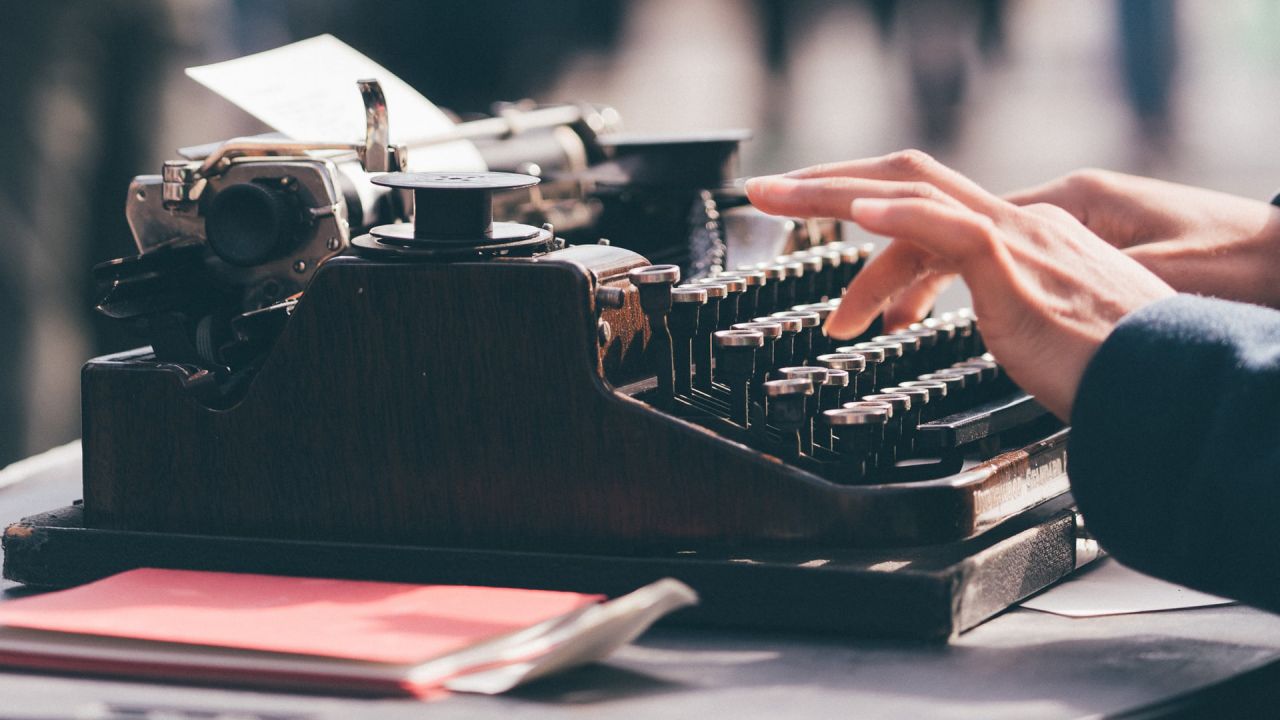This week's highlight comes from The Times, a brand that exists purely to make content.
So here's some content about content. From an established media brand. So is that branded content or just content? Or is any content from a regularly publishing media company branded by nature? Pah. Let's not get too meta about it, life's too short. For now at least, this initiative from the venerable old thunderer can be categorised as marketing. It's made a series of films, appropriately titled The Unquiet Film Series, to promote various aspects of its offer. Being a text-driven content provider, the first film naturally extolled the wonder of words by featuring columnists Matthew Parris and Caitlin Moran on the act of writing. The second reminded us all of great journalism's ability to expose lies and uncover the truth. The third is a design director's fetish film on the Times New Roman font (possibly The Times' most widely dispersed legacy). One of the most recent batch covers the emotive power of photojournalism, a discipline closely linked to the bravery of war reporting – an addictive yet crucial pursuit candidly brought to life by Sunday Times' Christina Lamb in film #6. And every single one of these films is brilliant. Great contributors, gripping stories and polished production, the whole series comes together to remind you that proper journalism can have a major positive impact in the world. It's a pointed reminder of the benefits of a free press, and what with Leveson, Royal Charters, IPSO and all, the timing can't be coincidental.
My only quibble is a small executional one, and The Times will not be the sole recipient of my grumble here. Currently, it seems to be accepted TV wisdom that any dramatic still image (be it painted or photographic) on a screen must be made to move, with either camera movement or that 3D slicing effect that makes any image look like the shonky set of an amdram pantomime. In the case of the film about photojournalism they've gone for both techniques. Surely making a still image move in a piece of content about photojournalism utterly undermines the very notion of photojournalism? If that frozen moment in time was meant to move it would be a video, not a photo, der.

